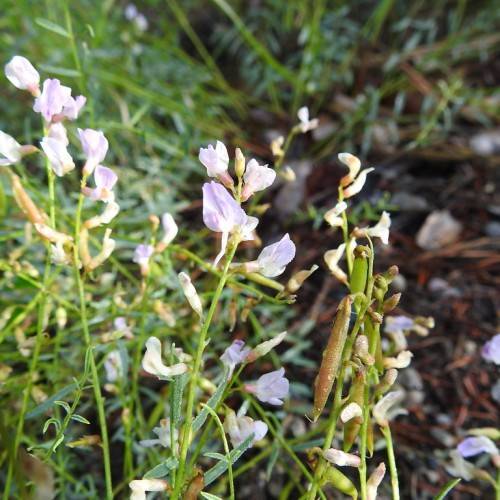
Looseflower Milkvetch
Astragalus tenellus
Also Known As - Pulse Milk VetchWatering:
Minimal
Hardiness Zone:
Flowers:
Flowers In Summer
Sun:
Sun
Soil:
Sand
Leaf:
Yes
Growth Rate:
Low
Drought Tolerant:
Yes
Salt Tolerant:
Yes
Care Level:
Medium
watering
For Spalding's Milk Vetch, it is best to water regularly and lightly throughout the growing season. In the spring and summer, water once or twice per week, making sure to only water when the top inch of the soil is dry. It is advised to water until the soil is moist but not drenched. In the cooler months of fall and winter, reduce the frequency of watering to every 10-14 days. Ensure that the soil around Spalding's Milk Vetch stays consistently moist but not overly wet as this can lead to root rot. Avoid over-watering or under-watering.
sunlight
Spalding's Milk Vetch requires full sun to grow optimally, meaning it needs at least 6 to 8 hours of direct sunlight each day. Some partial shade is tolerated, though extended periods of continuous shade will harm the plant. To further encourage growth and blooming, it is best to give the plant at least 8 hours of uninterrupted sunlight daily.
pruning
Spalding's Milk Vetch (Astragalus spaldingii) should be pruned twice a year, in late winter or early spring and again after flowering in the late summer or early fall. In the winter, it should be pruned lightly to remove dead or damaged branches and encourage flowering. In the late summer or early fall, it should be pruned more heavily to keep it from becoming sprawling and to control the size. Prune as much as 1-third of each branch at the base, encouraging more leafy growth. Be sure to maintain the overall shape and proportions of the plant when pruning.
